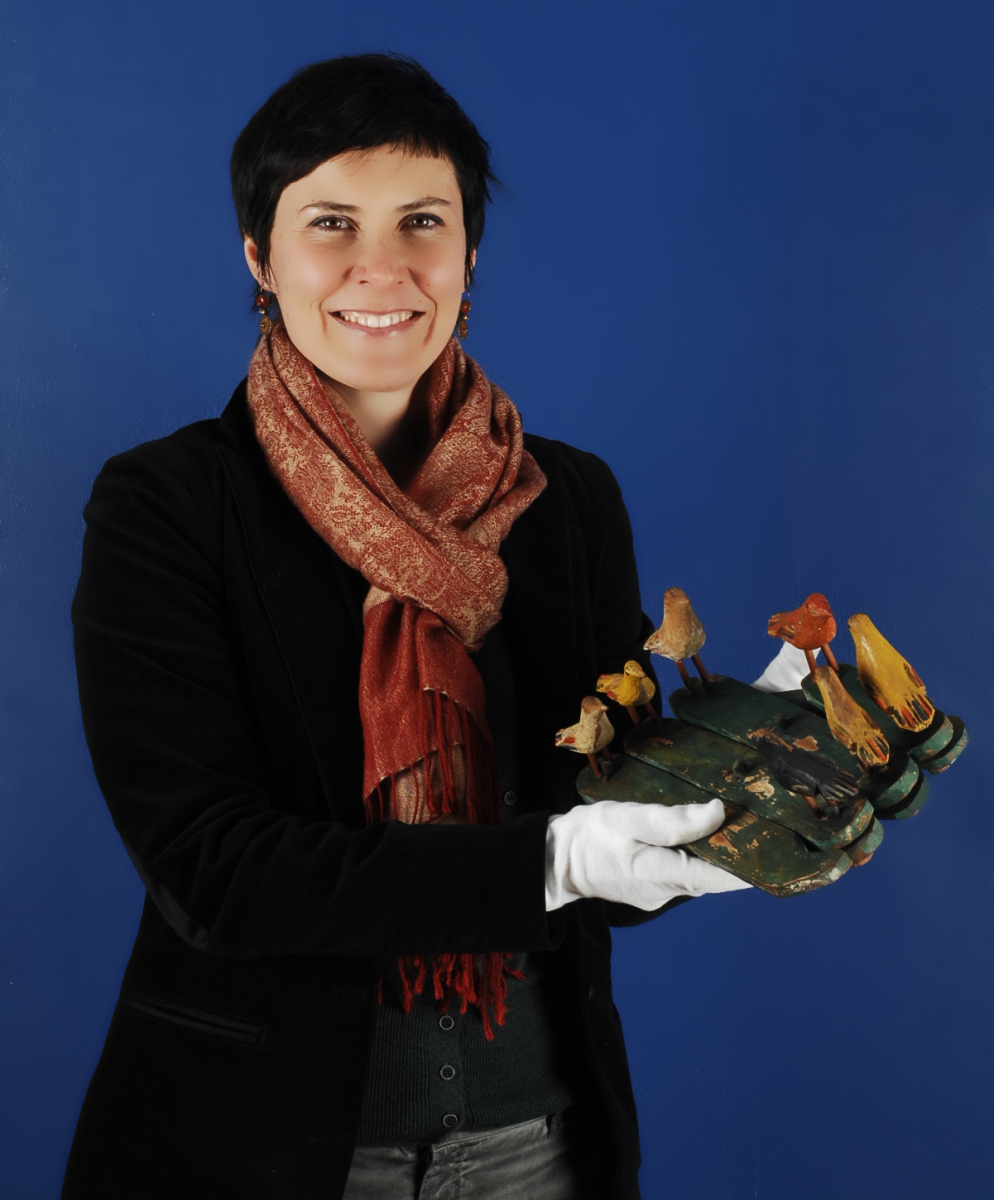Musée Savoisien
The Musée Savoisien is a regional museum with archaeological, historical and ethnographic collections from the Paleolithic until present day (approximately 100,000 objects). Its territories of expertise are the alpine area for archeological times, the former states of Savoy for the Middle Ages until the 19th century and finally the departments of Savoie and Haute-Savoie concerning the contemporary period. Due to a major renovation, the museum is currently closed to the public and will reopen in 2020. The museum finances historical and ethnological research to document the societal changes that Savoie is experiencing in order to enrich the future permanent exhibitions. A rural area having experienced a first wave of industrialization at the beginning of the 20th century, Savoy has become urbanized and industrialized. The economy of the ski resorts, very important in the department of Savoie, has changed landscapes, representations and cultural practices. After a strong rural exodus in the years 1960-1980, Savoie has experienced demographic development (one out of two inhabitants was not born in Savoy) over the past thirty years. The Musée Savoisien commissions researchers to survey the inhabitants about the memories of industrialization, immigration, religious and funerary practices or even food and culinary practices. These studies are sometimes accompanied by photographic covers (memories of industrialization, food). They are published in the museum's digital magazine on its website. They also appear in public conferences and within collections of objects (immigration, religious and funerary practices). They will enrich museography with filmed testimonies of inhabitants.
Food and culinary practices in Tarentaise
Description of the project / practice / program
The Tarentaise valley has undergone profound cultural changes in the twentieth century: an increasing economic growth with hydroelectric developments (dams) and arrival of new populations (engineers and workers of immigrant origin), increased tourism with the Snow Plan (1960s) and Albertville Olympic Games (1992). Bourg-Saint is today a cosmopolitan city with an important English presence. In this context of an urbanized alpine valley, there is a question of studying the links maintained by the inhabitants with the territory and its natural (wild plants) or cultivated (gardens, orchards, agriculture, pastoralism) resources. Furthermore we could cite the phenomena of patrimonialization, family transmission, emblematization, the influence of tourism, migration and globalization, and contemporary representations (healthy cooking, wild cooking, family cooking, heritage etc.) around food. The study made up of interviews with people from different areas and social backgrounds to see which culinary practices are privileged, especially during rites and family celebrations or village festivals. The researchers' mission is to identify local recipes perceived as heritage by the inhabitants. It is also a question of identifying the cognitive resources that the inhabitants mobilize: family or neighborhood transmission, professional training. The aim is also to identify and question the role of the Internet, blogs, cooking workshops, "healthy" food, "wild" food in the evolution of dietary practices.
How were practitioners of intangible cultural heritage involved?
The Musée Savoisien has ordered an anthropological study on changes in food and culinary practices in Tarentaise in the 20th and 21st centuries. Food and culinary practices in Savoie are often perceived as poor, reduced to a few archetypes related to touristic representations or emblematic dishes: Savoy cake, tartiflettes, raclette, fondue... Considering the complexity and richness of local practices, the museum has chosen to carry out field investigation to document changes and continuity in culinary practices in Tarentaise. The objective is
- to identify local practices;
- to reveal them in the museum;
- make them "recognized" by the inhabitants as a heritage;
- to share them with tourism and catering professionals.
CV of the author

Marie-Anne Guérin is trained in political science in France (Ph.d.) and ethnology at the University of Neuchâtel in Switzerland (Masters). Guérin is curator and director of the Musée Savoisien located in the Department of Savoie, France.
Practical
When
13 July 2018 from 11:51 to 11:51
Where
Subscriptions
It is no longer possible to subscribe to this bestpractice. Reports and videos will be published after the bestpractice.